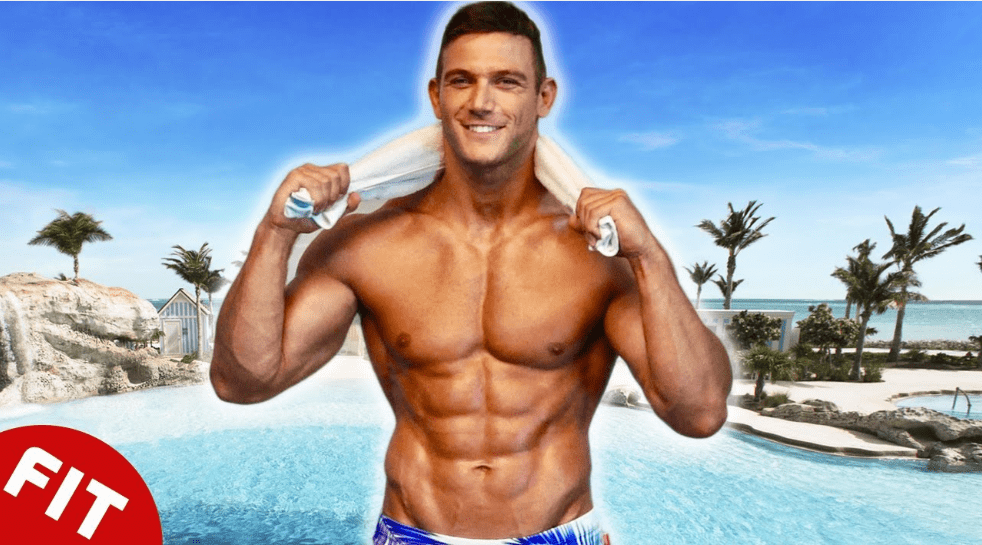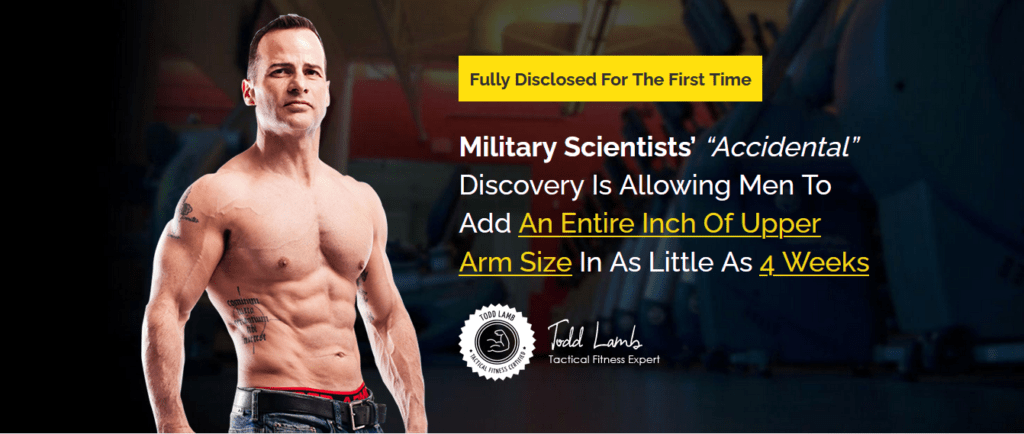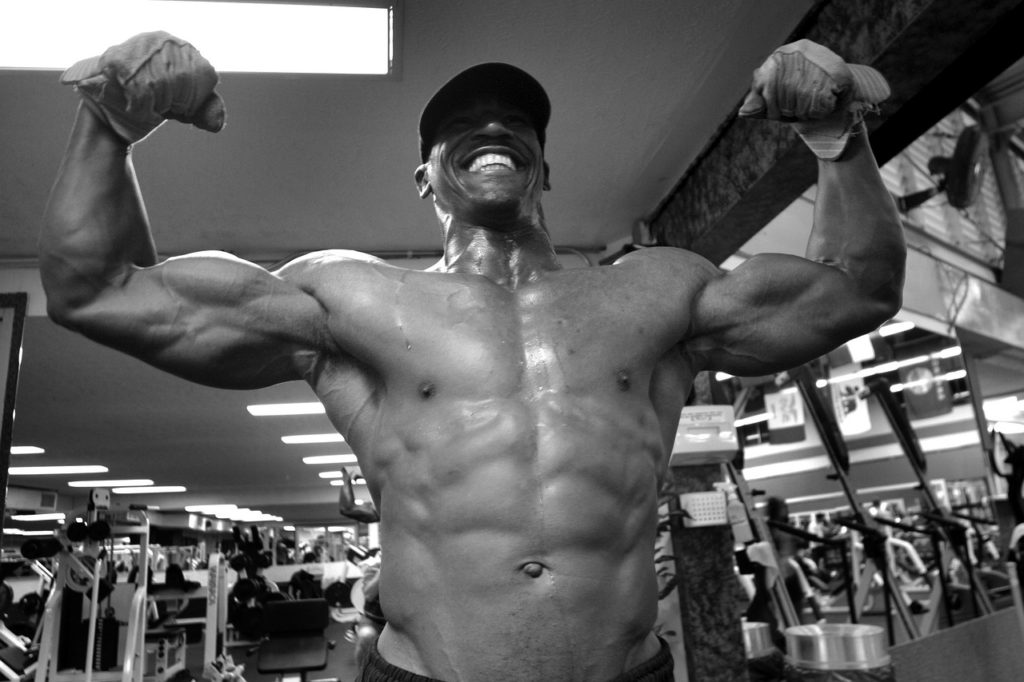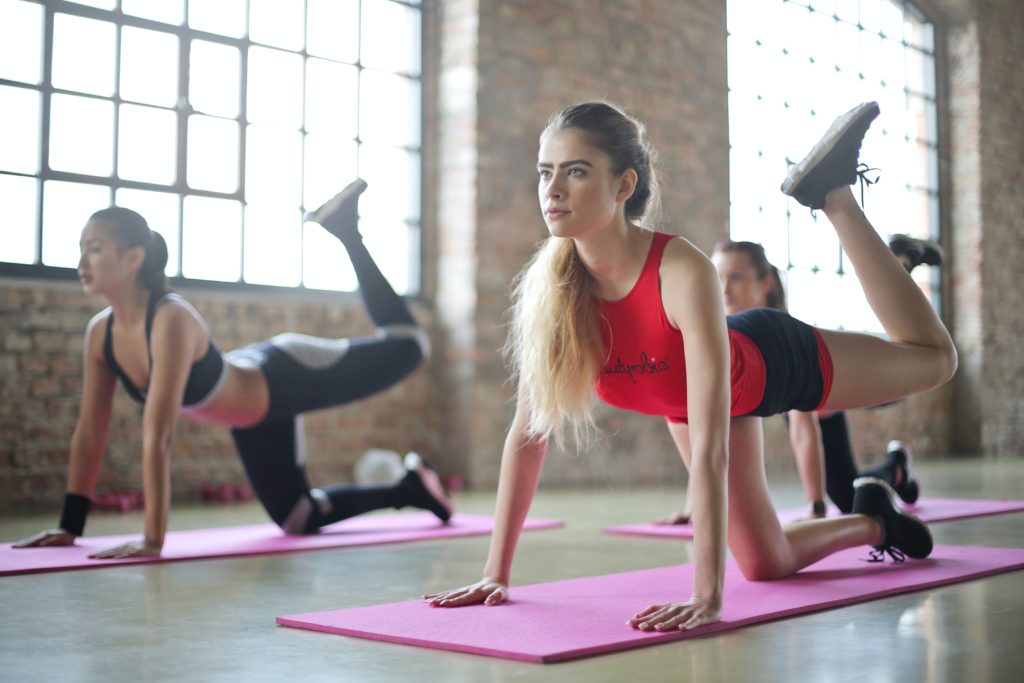Jumpstarting Your Journey: A Comprehensive Guide to Fitness for Beginners
I. Understanding the Basics of Fitness
A. Definition of Fitness
Contrary to the chiseled bodies you see gracing the covers of health magazines, fitness goes beyond just the physical appearance. So, what exactly is fitness? Well, in essence, fitness is the state of health and well-being where you’re not just physically sound but also mentally robust. It’s about your body’s ability to function efficiently and effectively in work and leisure activities. It’s the ultimate way for you to rose to the occasion when faced with stress, resist diseases and lead a full, active life.
Just a heads up! Don’t get caught up in common misconceptions about fitness. For instance, many people assume they’re fit if they can run for miles or lift heavy weights. But, keep in mind, being able to perform a specific aspect of sports like strength or endurance doesn’t equate to complete fitness. The fittest people are those who perform well across a range of areas, not just one.
B. Health Benefits of Regular Exercise
So why bother about fitness? Besides the incredible rush of endorphins (happy chemicals!) after a workout, regular exercise boosts your general well-being in more ways than you could imagine!
From physical benefits like improved cardiovascular health, better flexibility and posture, increased bone density, and weight management, to psychological perks such as stress reduction, improved mood, better sleep, and a sky-high self-esteem, exercise impacts almost every aspect of your life. Additionally, regular exercise is crucial in preventing a range of diseases like heart disease, type 2 diabetes, and certain types of cancer.
C. Fitness Assessment: Where do you stand?
Ever heard of the saying, “You can’t improve what you can’t measure?” This concept rings true for fitness too. Fitness assessments, often overlooked, serve as the launch pad for your fitness journey.
These tests give you a clear picture of your current fitness level, helping you set realistic goals, track progress, and adjust your fitness plan as needed. Try a few basic at-home fitness tests: Body Mass Index calculation, heart rate at rest and peak exercise, flexibility and abdominal strength (Plank time!). And remember, understanding these results is way more important than just getting the numbers!
II. Crafting Your Individualized Fitness Plan
A. Setting Goal: What do you want to achieve?
Without goals, your fitness journey will be like a ship sailing aimlessly. Goals provide direction, motivation and a clear way to measure your progress.
Aim for SMART, yeah you heard it right! SMART, Specific, Measurable, Achievable, Realistic, and Timely goals. Instead of a vague goal like ‘want to get fit,’ set a more specific goal like ‘aim to run a 5k in 30 minutes within the next three months.’ You see the difference, right? The second one is more likely to keep you hooked.
B. Choosing the Right Types of Exercise
Now that the goals are in place, let’s talk about exercises. Exercise is not a one-size-fits-all concept. From cardio (think heart-pumping activities like running, dancing, or jumping rope) to strength training (like lifting weights or bodyweight exercises) to flexibility exercises (like yoga), it’s vital to find the right mix that works for you and aligns with your fitness goals.
For overall fitness, a combination of these is ideal. A healthy mix ensures that you improve in all areas and don’t get bored with repetition!
C. Developing an Exercise Schedule
Fitness is not a destination, but a way of life. It demands consistency. An effective workout schedule is essential to keep you on track. Carve out specific days and time slots for different exercises, keeping in mind your lifestyle. Prioritize it like you would any other important appointment. And remember to pencil in some rest days because your body needs it!
III. Essential Workout Moves for Beginners
A. Beginner-friendly Cardio Exercises
While cardio might sound daunting, it doesn’t need to be! Some beginner-friendly cardio moves include marching on the spot, step-ups, jumping jacks, and even dancing! Find something you love doing, and the chances are, you’ll stick to it.
B. Foundation Strength Training Exercises
Strength training is not only about looking buffed. Its benefits range from improved muscular strength, better bone health to better weight management. So get started with some basic moves like squats, lunges, push-ups, and planks. Remember, form and technique are way more important than the weights you lift.
C. Basic Flexibility and Balance Drills
Don’t neglect flexibility and balance! These drills not only improve your range of motion but also decrease risk of injury and improve your overall performance in other workouts. Start with easy yoga poses, toe touches, heel-to-toe walk, and leg swings.
IV. Nutrition for Enhanced Fitness
A. The Role of Diet in Fitness
To tweak a famous saying, you cannot outrun a bad diet. This means that even a perfect workout regime is not enough to compensate for poor nutrition. A healthy, balanced diet supports your exercise program by fueling your workouts, facilitating recovery, and helping you achieve your goals quicker.
B. Essential Nutrients for Workout Recovery
Let’s talk about nutrients. Although all nutrients are important, when it comes to fitness, certain ones like protein (for muscle recovery and growth), carbohydrates (for energy), and plenty of vitamins & minerals (for various bodily functions and immunity) are taking the front seat.
C. Suggested Meal Plans
Planning meals can be daunting, especially when you start a fitness regime. Start by including a mix of all nutrient groups in your meals. For example, breakfast can include oatmeal with fruits (Carbs and Vitamins), lunch can be a chicken salad (Protein and Vitamins), and dinner can be grilled salmon with sweet potato (Protein, Carbs, and Good Fats).
Remember, these are just suggestions, and it’s always best to tailor your diet based on your specific needs and preferences.
V. Staying Motivated and Tracking Progress
A. Building and Sustaining Motivation
Motivation – the cliched, most wanted, and often elusive part of fitness! Starting is easy, anyone can do that, sustaining the buzz? Now that’s where the challenge is.
How about setting small, interim goals that keep you focused? Or finding yourself a workout buddy? Sometimes, a new pair of sneakers can also do the trick. Whatever floats your boat, pal!
B. Effective Fitness Progress Tracking
A fitness tracker or a simple workout journal can be an excellent tool to monitor your improvements over time. Not seeing progress? Don’t lose heart. Sometimes, the improvements are in places you cannot see. Like better sleep, less stress or even the simple feeling of well-being. Keep at it!
C. Adjusting Your Fitness Plan
One size doesn’t fit all. Your fitness plan should evolve with you and your goals. If you’ve achieved your goal, take a moment to bask in the glory and then set a new one. If you’re struggling with a specific exercise or not seeing results, it’s time to tweak or change it!
VI. Conclusion
Fitness is not about the destination, but about enjoying the journey. Empower yourself with the right knowledge and adopt a balanced, holistic approach to fitness. Remember, your fitness journey is unique to you, so don’t compare it with someone else’s. Stay consistent, and you will surely reap the benefits in the long run.
VII. Frequently Asked Questions (FAQs)
The journey to fitness often raises a lot of questions. Is weight loss a true measure of fitness? No. Do I need a gym membership to get fit? Not necessarily. It’s always useful to seek help whenever in doubt. Yes, even the questions that sound too silly to ask, they are often the most important ones!



